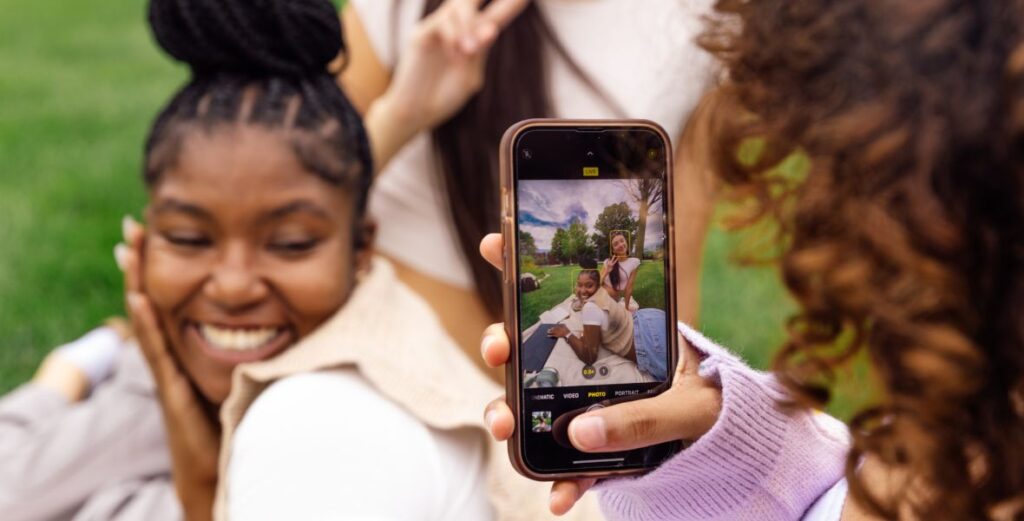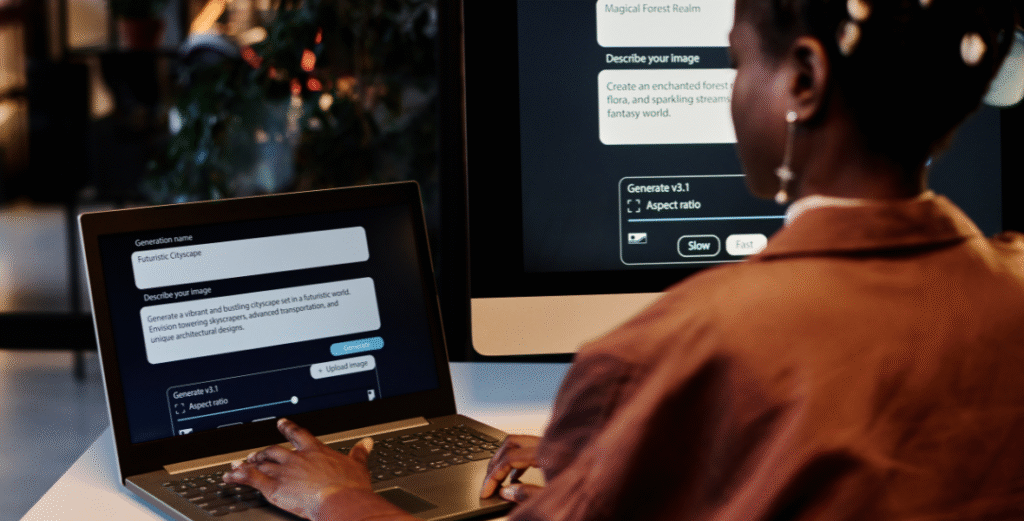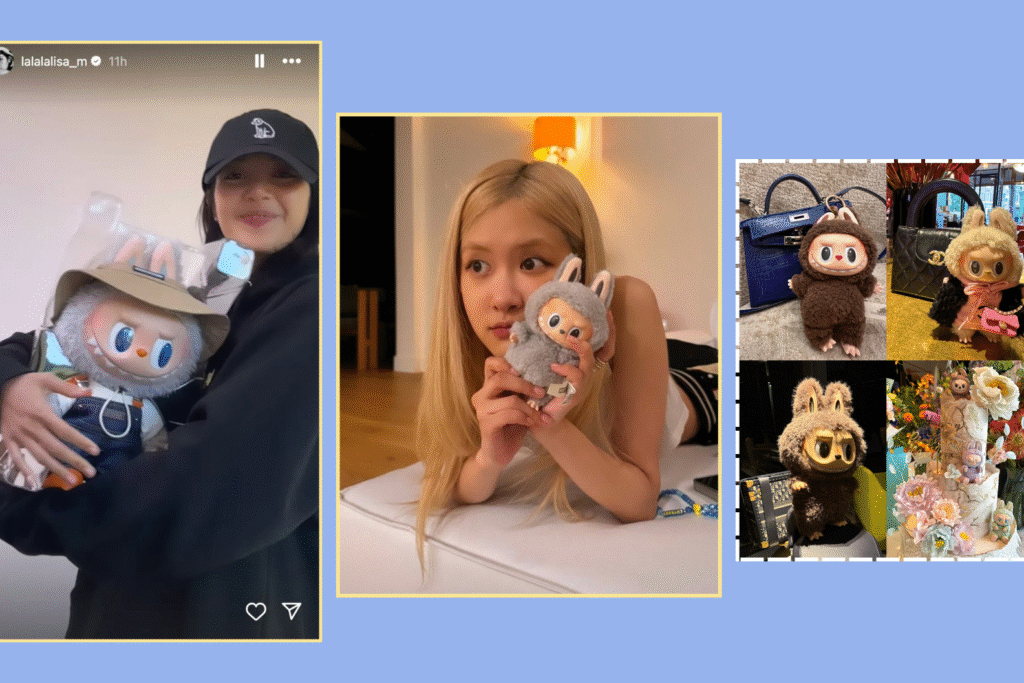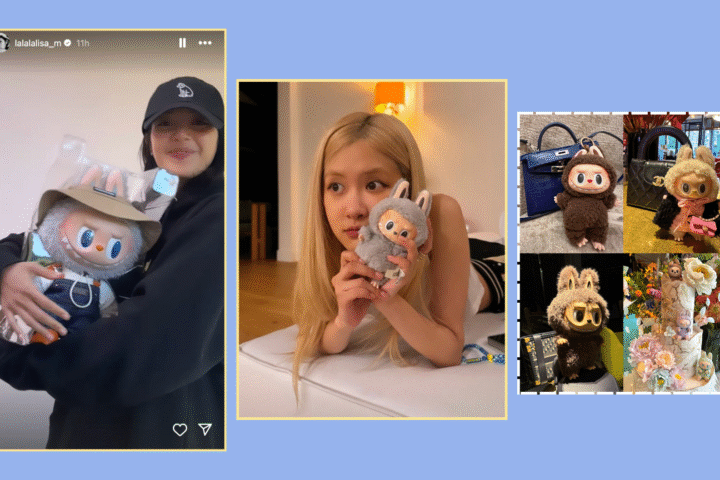When we talk about Gen Z, we’re not just referring to the next generation of consumers—we’re looking at a generation actively redefining the paths of learning, working, and growing up.
On one hand, Gen Z is poised to become the most economically powerful cohort in the world. On the other, they’re navigating an era of unprecedented uncertainty. They’re not just adjusting to a changing world—they’re rewriting the playbook. And in doing so, they’re reshaping the role, content, and values that brands must adopt to stay relevant.
Brands now stand at a critical inflection point: will they observe from the sidelines, or will they step in as allies, co-creators, and partners? The ones that choose the latter path have the opportunity to build unmatched trust and long-term loyalty.
As Ogilvy puts it:
“Brands must become beacons—not just sellers—on Gen Z’s path to self-discovery. Those who choose to be educators, connectors, and enablers will earn not just loyalty, but legacy.”
A New Reality for Gen Z: One Generation, Two Systems

Gen Z grew up in a hyper-digital world, but they’re entering adulthood in a system designed for a previous era. Education costs are soaring. Traditional job security is eroding.
According to the report, nearly 50% of the workforce in developed countries will be part of the gig economy by 2027. Meanwhile, the return on higher education is declining rapidly, with U.S. college enrollment dropping more than 5% in 2024—the steepest drop in four years.
In the face of this systemic breakdown, Gen Z isn’t waiting for rescue. They’re proactively charting their own course.
Diplomas and job contracts no longer guarantee stability. The traditional 9-to-5 is giving way to freelance gigs, creator careers, startups, and multi-hyphenated roles. They’re learning through online courses, social learning, and self-initiated projects—and entering the market at a rapid pace.
- Freelancing > Traditional Employment
- Experience & Skills > Degrees & Titles
- Value Creation > Passive Employment

Young people skipping college to launch startups is no longer an exception—it’s a trend.
Learning by doing, and doing while learning, has replaced the “graduate-then-figure-it-out” model.
As one 21-year-old founder shared in the report:
“College is expensive. The things I’ve learned from doing real work have been way more valuable than anything I learned in class.”
The rules of education and work have changed. Gen Z is building a new framework.
A Unique Chance for Brands to Step Up and Stand Out
Here’s the paradox: Gen Z is highly motivated to learn and grow—but they’re doing so without systems of support. No safety net. Limited access to quality tools, networks, or mentorship. They’re ambitious but often alone in the climb.
This is where brands can make a meaningful difference. Not just as providers of products or services—but as:
- Platforms for real-world experiences
- Centers for fast, adaptive learning
- Networks that connect resources, people, and ideas
- The hand that reaches out when it matters most
Six Ways Brands Can Truly Matter
Ogilvy outlines six key ways brands can engage Gen Z meaningfully through their growth journey:
1. Make Experience Count: From Work to Learning, and Learning to Stories
Experience is one of the most valuable yet least accessible assets for Gen Z. Brands can lead by turning “work” into “learning” through internships, co-creation programs, or internal job rotations—offering young people real, shareable stories.
Examples
ZARA’s “The House” program gives creative youth a deep dive into the fashion industry; Google’s G2G (Googler-to-Googler) program builds an internal peer-to-peer learning network.

2. Create Flexible, Future-Proof Learning Paths
For Gen Z, “graduation” is just a pit stop. In an ever-evolving world, lifelong learning is the norm, not the exception. They want practical, market-ready skills—fast.
Brands can support this with open access to learning platforms (think: Coursera, Skillshare), or with customized modules on finance, branding, or digital storytelling.
Examples
Fiverr’s “Learn From Fiverr” boosts freelancers’ skills; Depop’s “Level Up” program turns sellers into brand builders.
3. Lower the Barrier to Pro Tools & Creative Resources
In the creator economy, tools define the starting line. From Adobe to Canva, Notion to ChatGPT Pro—access matters.
Brands that offer toolkits, free subscriptions, tutorials, or member-only resource drops can forge meaningful ties with Gen Z creators.
Examples
Canva provides its education suite to schools worldwide; Google’s “Rare” initiative gives underrepresented creatives the gear and guidance they need.

4. Rethink Networking: Community is the New Currency
70% of jobs are never publicly posted. 85% of opportunities come from people, not portals. Brands have the power to unlock these hidden doors.
Think: invite-only industry roundtables, Creator Town Halls, bootcamps that go beyond lectures.
Examples
Converse’s “All Stars” funds real collaborations for young creatives; Walmart’s Creator Program builds two-way connections between influencers and brands.
5. Co-Build Brand-Led Curriculum with Education Partners
Education doesn’t have to live in classrooms—it can be a branded experience. Partner with schools, platforms, or creators to co-create certification courses, industry minors, or micro-degrees.
Examples
IBM co-develops AI curriculums with universities; Gucci’s Changemaker scholarship with UAL changes the lives—and paths—of emerging talent.

6. Support Side Hustles and Passion Projects, rather see it as a threat
Gen Z isn’t lazy—they’re multi-dimensional. They juggle day jobs, side gigs, and passion projects. Brands that invest early—via incubators, micro-funds, or mentorship—become part of their origin story.
Examples
Freja’s incubation program offers young founders funding, community, and coaching to kickstart real ventures.
Final Take-aways
Gen Z isn’t just the next generation of consumers—they’re the force redefining work, learning, and identity. For brands, the real question isn’t how to market to them, but how to show up for them.
In a world full of change, don’t just react. Create. Learn with them. Grow with them. That’s where the real value lies.







